The 20th
LaureatesSculpture
Ilya & Emilia Kabakov
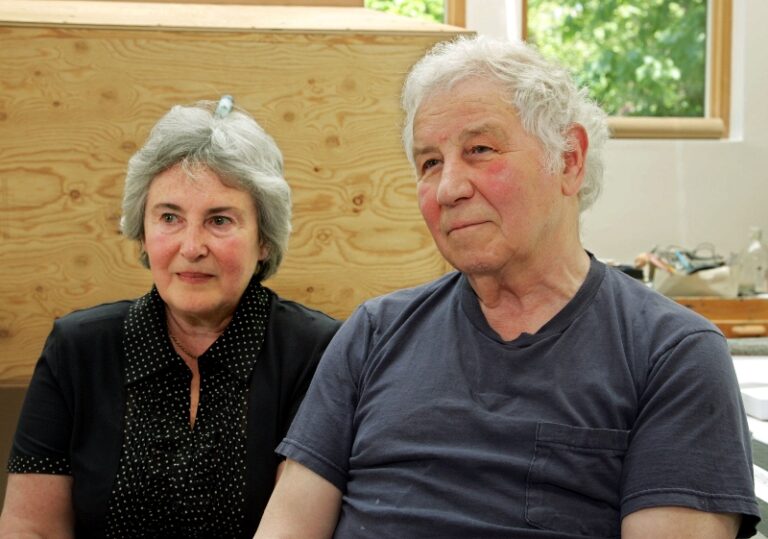
The Kabakovs are internationally active as creators of "total installations",using pictures,objects,text,sound and other elements. Both were born in the Ukraine when it was still part of the former Soviet Union. During the socialist era,Ilya started his career as a book illustrator,"the only field in which I could make use of what I had studied." He established a reputation for the intricacy of his drawing,but was also a figurehead for "unofficial artistic activity" to evade censorship by the authorities. In the 1980s,his works started to be exhibited in the west,and installations such as The Communal Kitchen started to attract interest as a uniquely satirical critique of life in the former Soviet Union. The themes he pursues with his wife Emilia are always "people who try to live an ordinary life under abnormal conditions." Their attitude of being "linked to the emotions and reactions of ordinary people" are sure to find support across eras and national boundaries.
Biography
The Kabakovs are known as creators of "total installations" that reproduce aspects of everyday life in the former Soviet Union with their own unique brand of humour. These "total installations," consisting of elements as disparate as text,space,images,sound and even the reaction of the viewer,are a mode of expression that has attracted particular attention in the art world of today.
Both were born in the Ukraine (formerly part of the Soviet Union). Ilya studied at the V.I. Surikov State Art Institute in Moscow and started his career as a children’s book illustrator,receiving considerable acclaim both at home and abroad. He shrugs this off,saying that it was merely "a means of making a living." All artistic activity was subject to censorship at the time,and children’s picture books were no exception. "It was not me but the censoring editor who drew the pictures in those books," he claims.
At the same time,Ilya was also the figurehead of "underground art activity" that took place in the homes and studios of artists based in Moscow. "Not in order to survive,but a lifestyle adopted for ourselves," he says,suggesting that it was precisely these "unofficial artists" who were the "true professionals" in the Soviet era. It could be seen as an irony of history,or a counteroffensive of art,that the mental processes born of oppression thus provided a basis for creative activity.
This in itself gives particular weight to Emilia’s statement that "art has the responsibility to upgrade life." After studying music and literature in Moscow,Emilia emigrated from USSR to Israel in1973. Since 1975 she has lived and worked as a curator and art dealer in New York.
In the 1980s,Ilya’s works started to be exhibited increasingly overseas. In 1988,he created waves with his Ten Characters,an installation depicting the lives of ten characters who live in apartments of the former Soviet Union with shared use of bathroom,kitchen and toilet. From 1989 onwards,he shifted the base of his activity to New York,where he started full-scale collaborations with his wife Emilia. Until recently,they have produced forty projects a year in various parts of the world,major projects that incorporate the customs and history of each area.
The themes pursued by the Kabakovs are always,in their own words,"ordinary people,or sometimes people who try to live an ordinary life under completely abnormal conditions. Every person,before he becomes successful,a hero and a star,was this little miserable person. For after all,in our essence we are all little people."
The Kabakovs are renowned Japanophiles,praising Japan as "both contemporary and traditional at the same time,an ideal model or illustration of how art is a part of culture."
Their large-scale retrospective,something they see as a "huge challenge," is open at the "Melnikov Garage" and other venues in Moscow from September to October,under the sponsorship of the Russian Ministry of Culture,the National Pushkin Museum,Iris Foundation and billionaire Roman Abramovich,among others.
Chronology
Incident at the Museum or Water Music, New York
The Life and Creativity of Charles Rosenthal (1898-1933) , Contemporary Art Center, Art Tower Mito, Mito, Japan
Honorary Doctorate in Philosophy, University of Bern, Switzerland
Chronology Ilya
Chronology Emilia
-
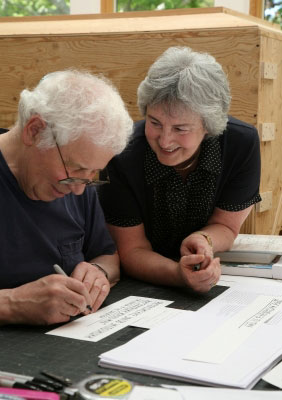
Ilya and Emilia at their studio in New York , USA
-
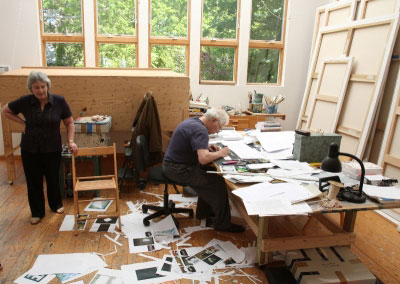
Ilya and Emilia at their studio in New York , USA
-
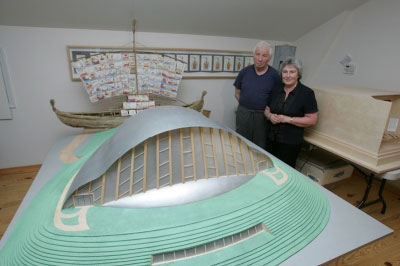
Ilya and Emilia at their studio in New York , USA
-
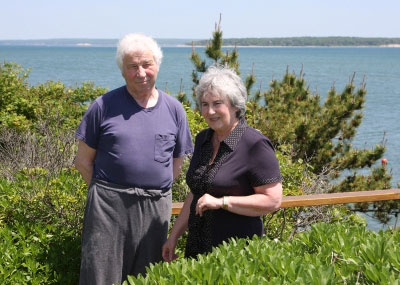
Ilya and Emilia at their studio in New York , USA
-
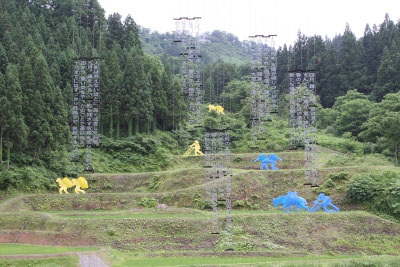
The Rice Fields

